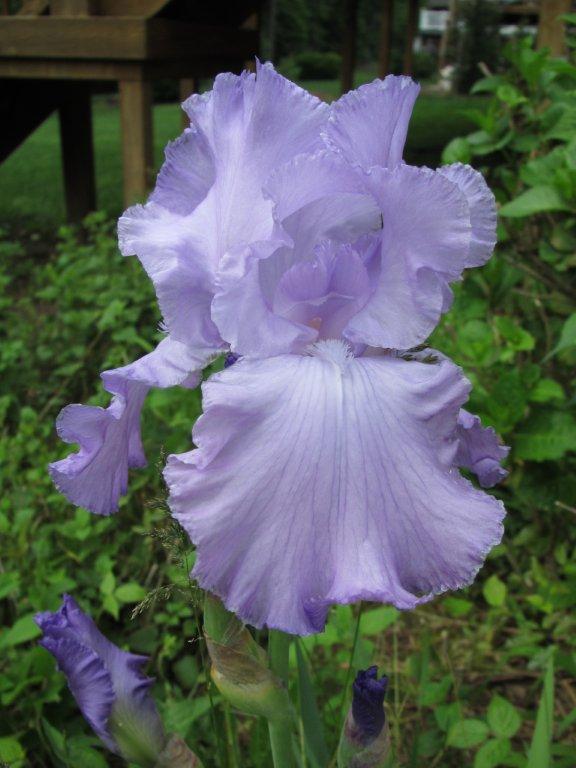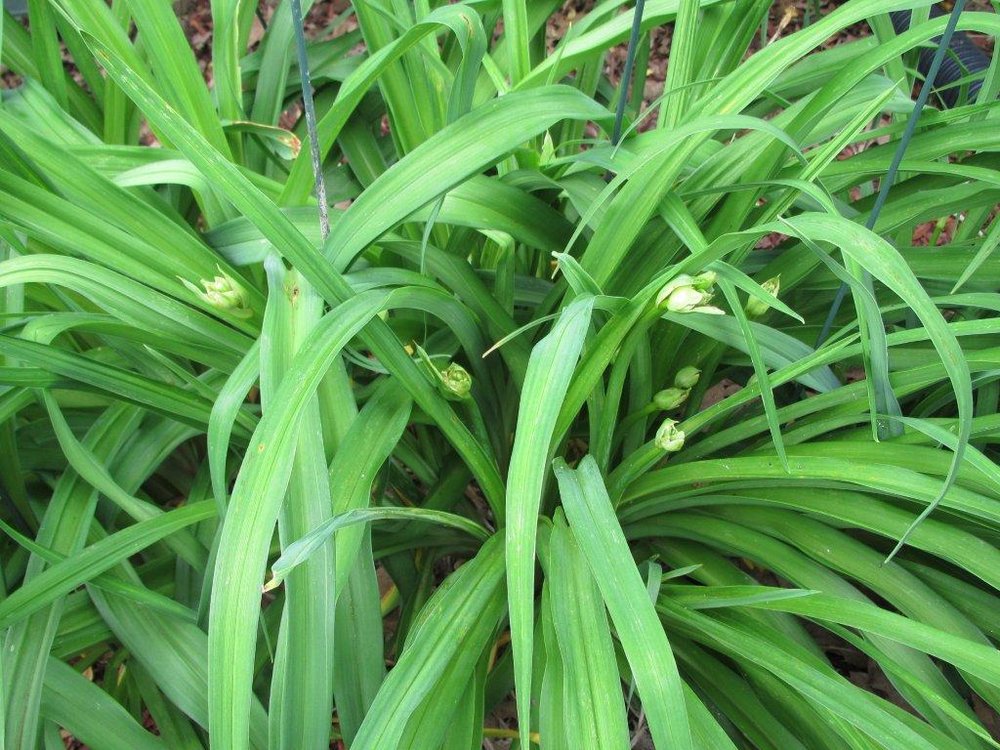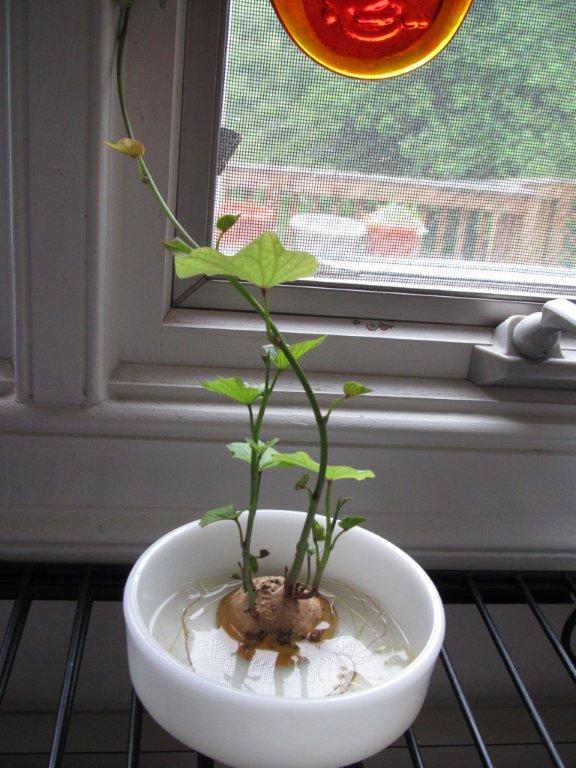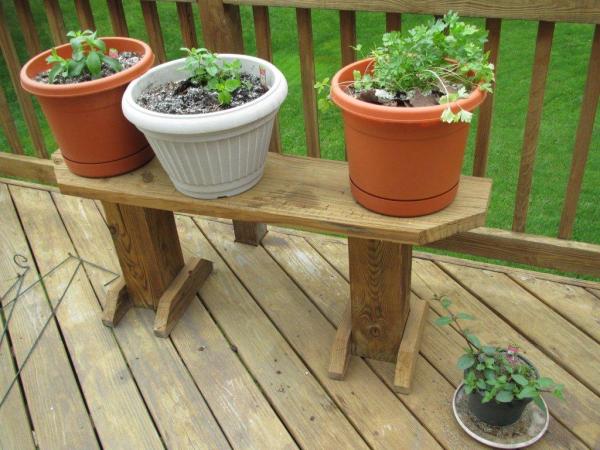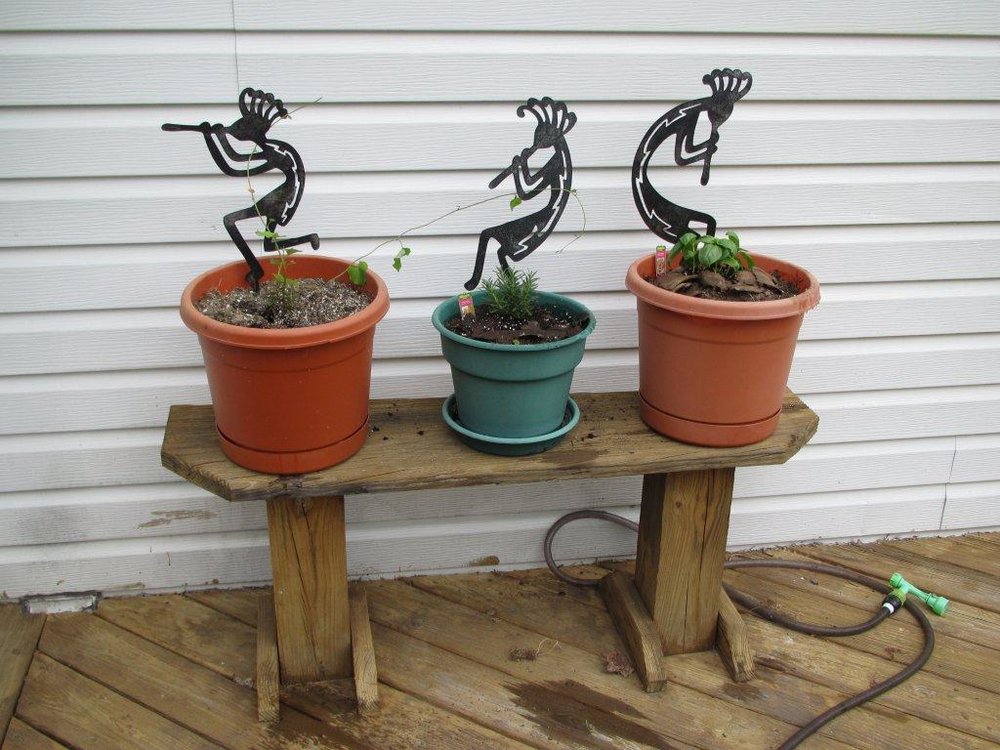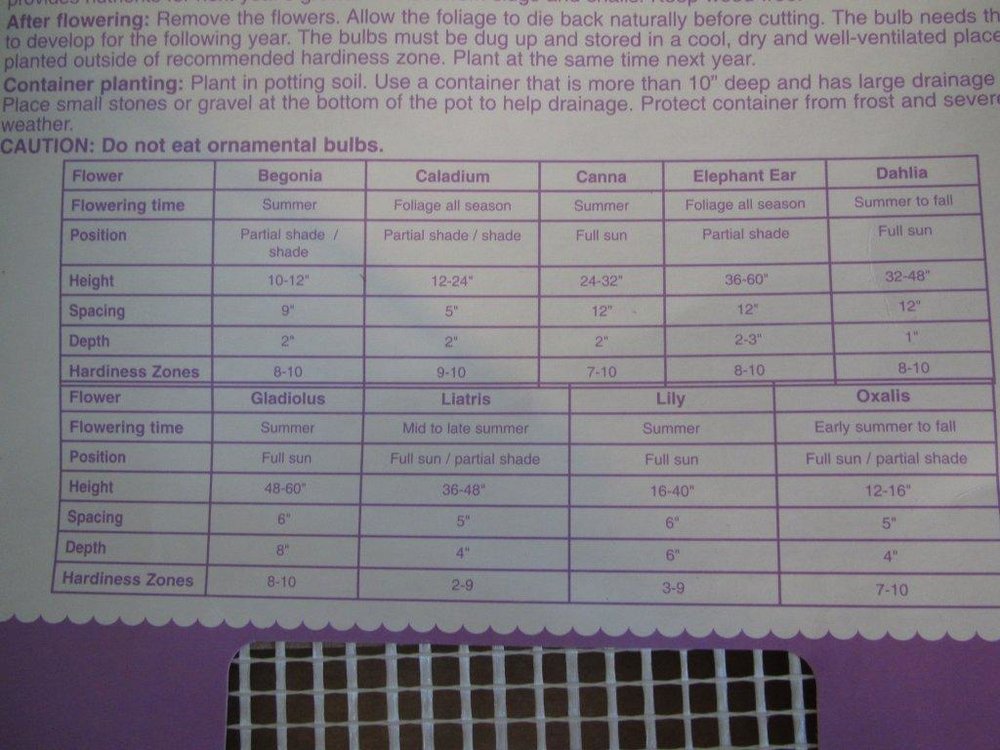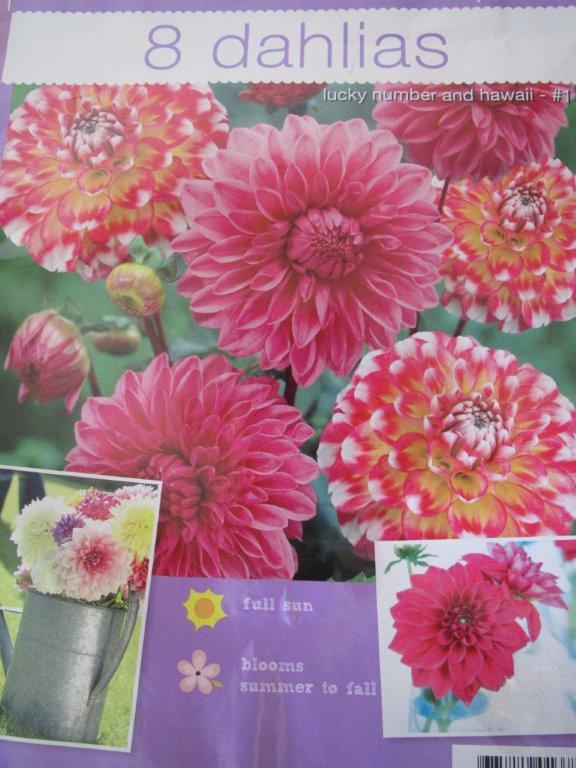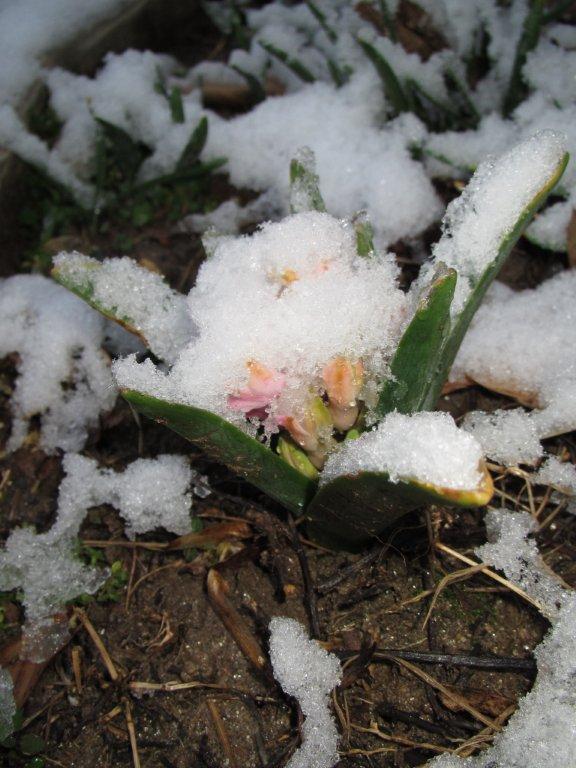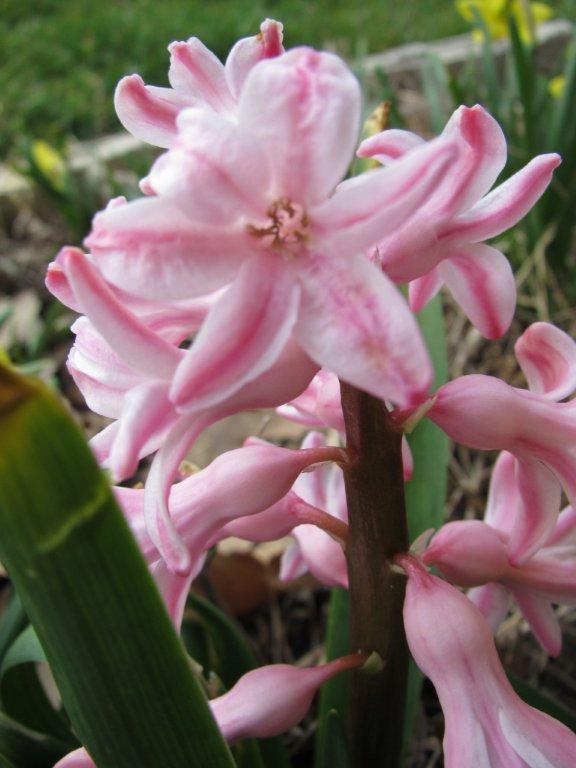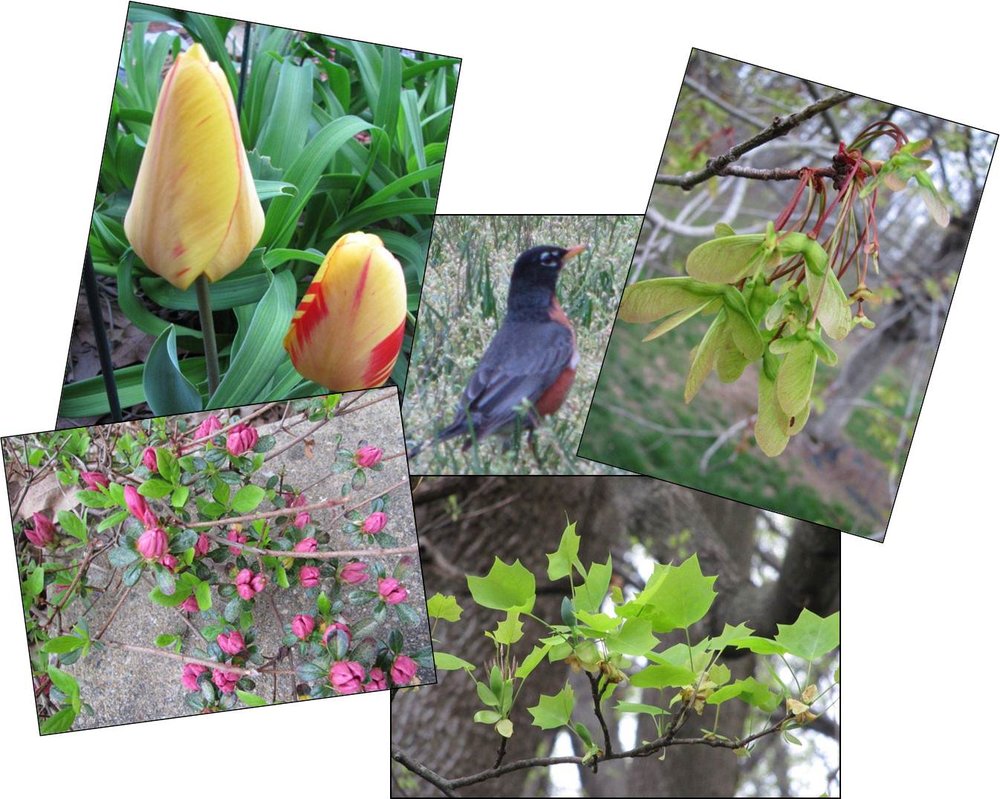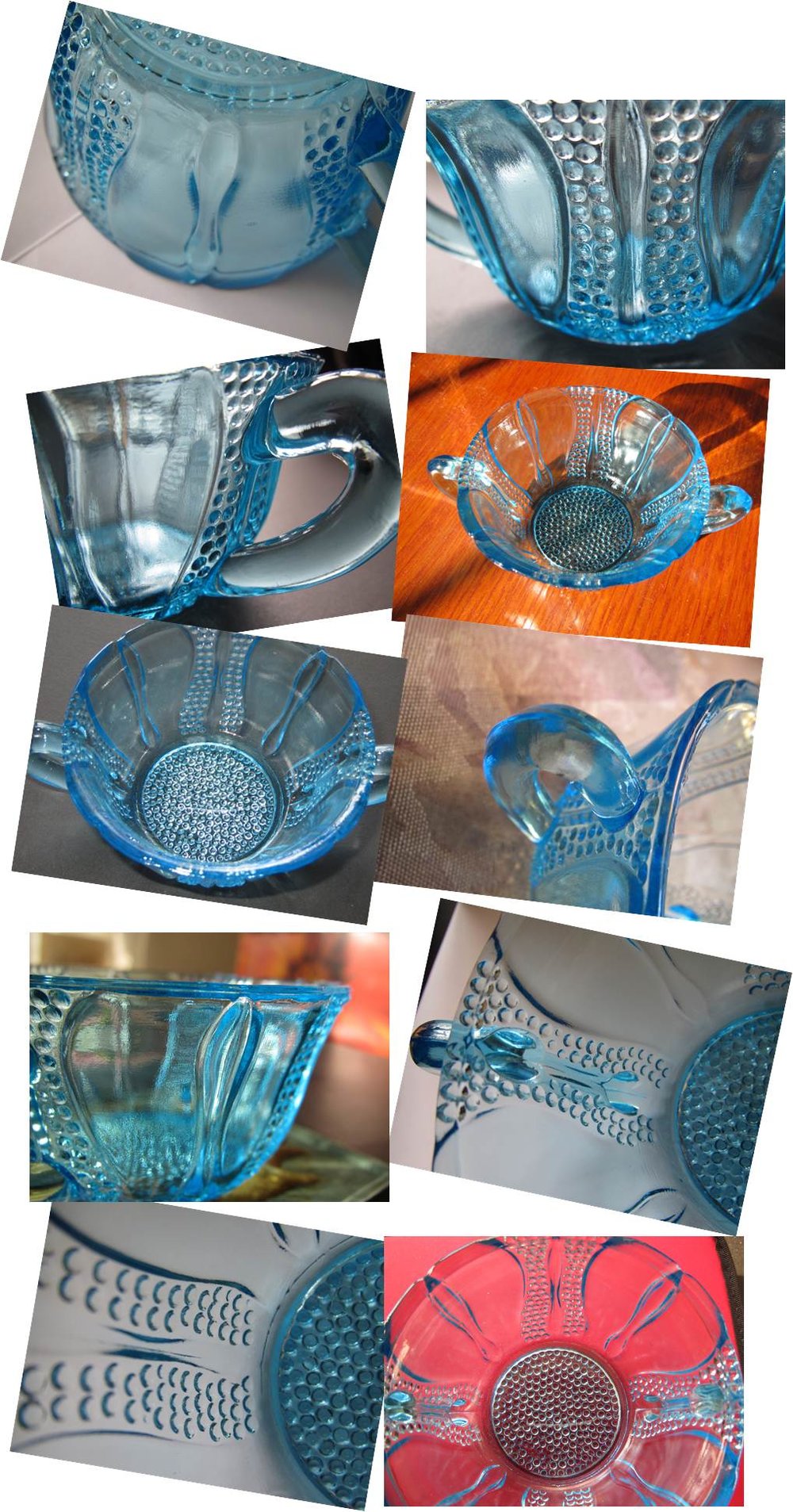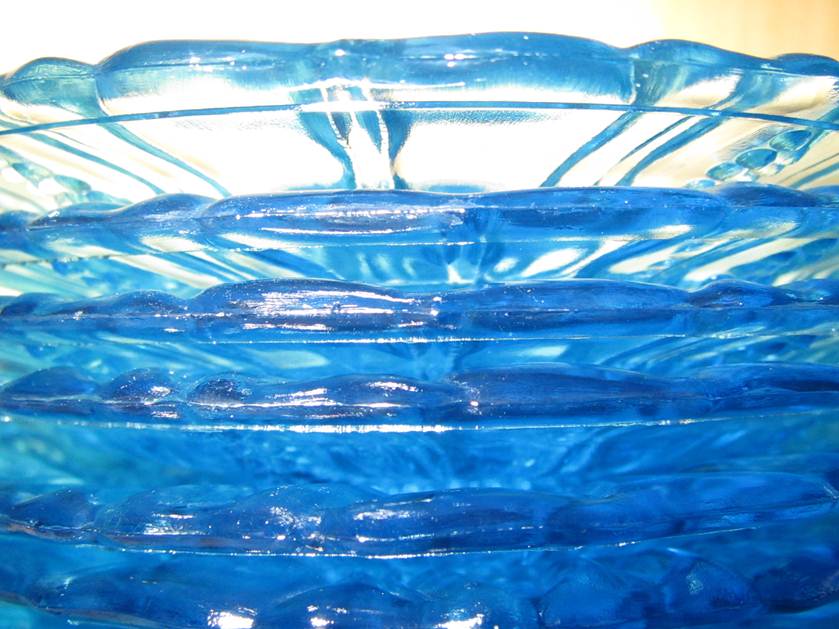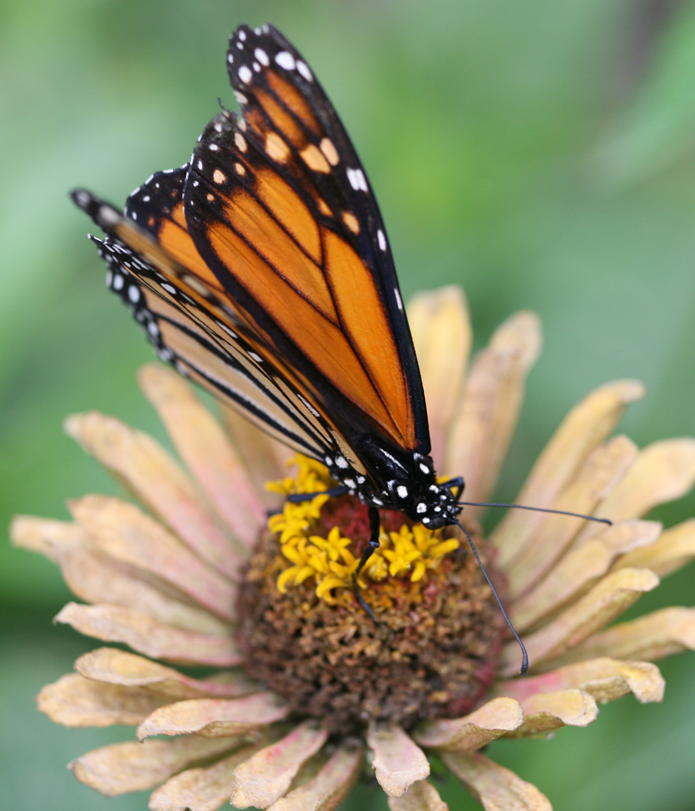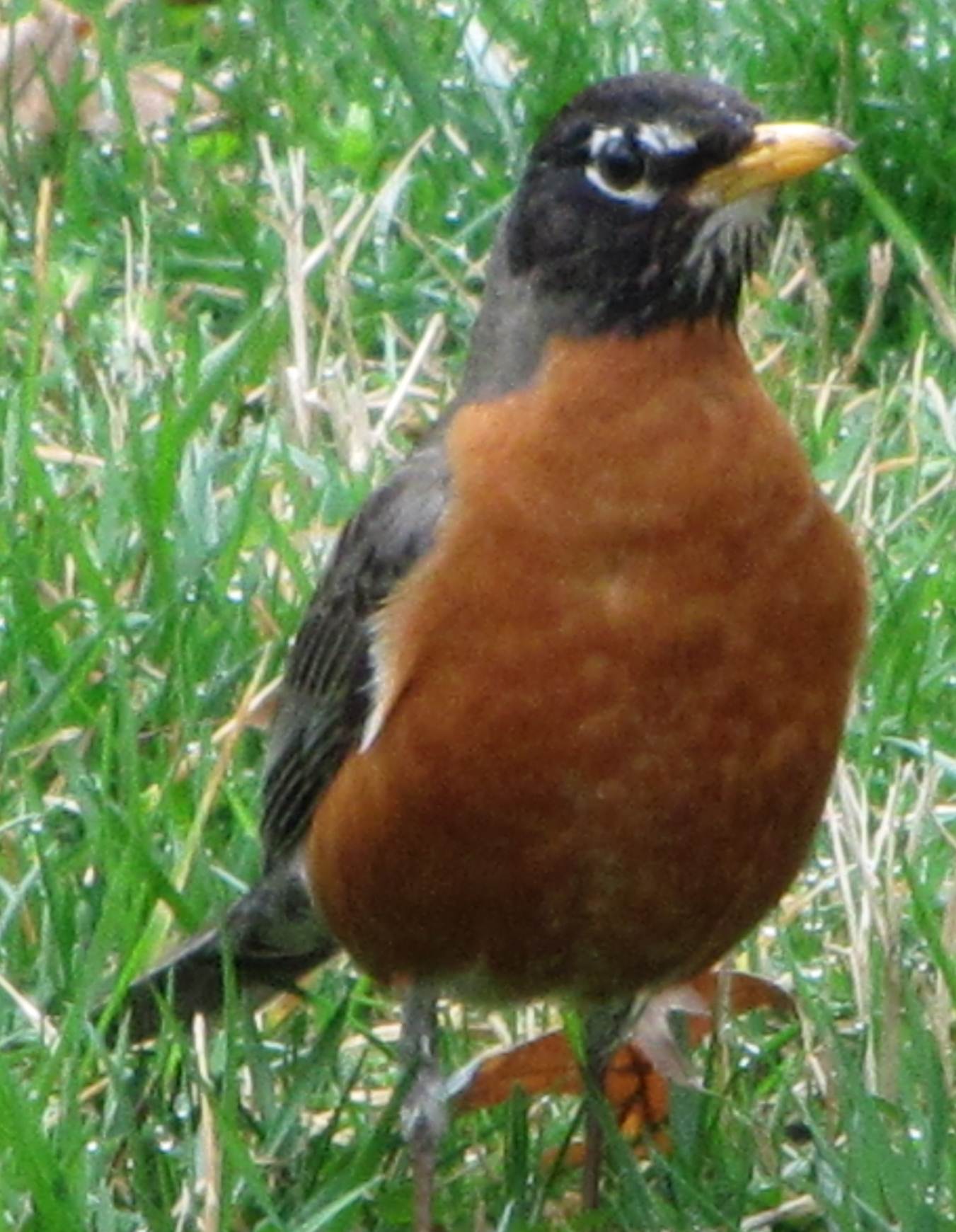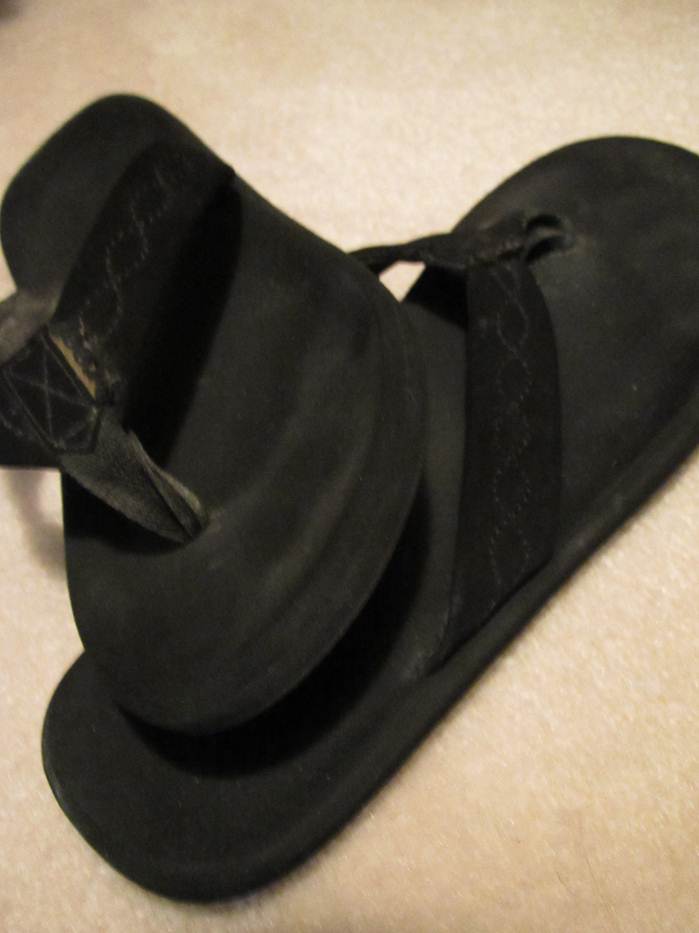Interior House Painting - Part I
/ Our house is getting a much needed fresh coat of paint on its interior. It’s about 20 years old and most of the paint was original so it was time. I took the normal route of asking around for recommendations from people in the neighborhood - got 3 estimates - and then waited a month or so because the one I chose was so busy. The wait turned out to be an advantage because it allowed us more time to prepare. This first post will talk about that ‘before the painters’ work and then I’ll do a follow up post in a few days that will report on what actually happened during the painting.
Our house is getting a much needed fresh coat of paint on its interior. It’s about 20 years old and most of the paint was original so it was time. I took the normal route of asking around for recommendations from people in the neighborhood - got 3 estimates - and then waited a month or so because the one I chose was so busy. The wait turned out to be an advantage because it allowed us more time to prepare. This first post will talk about that ‘before the painters’ work and then I’ll do a follow up post in a few days that will report on what actually happened during the painting.
All the painters I got estimates from gave suggestions about how to prepare the rooms for painting. The more I could do, the faster they could work and the less it would cost me in their labor. Some things I learned from the painters and as I prepared:
 Empty book cases and china cabinets. They are too heavy to move filled with stuff.
Empty book cases and china cabinets. They are too heavy to move filled with stuff.- Furniture needs to be moved toward the center of the room - at least 2 feet from the walls. I put a measuring tape around my neck as I moved furniture out from the walls. Make the furniture group off center if there is an overhead light fixture they will need to paint around.
- Everything hanging on the walls or ceiling must come off. If you are going to rehang pictures - leave the nails and they won’t fill in the hole. If you are not going to rehang things, take the nails and screws out and have them fill the holes.
- Take down the drapes if you can. I got about half mine down. The others were high enough I let the painters take them down. Launder the ones that are washable. Decide if you will dry clean the drapes that require that; if not - at least vacuum them thoroughly while they are down.
- As you move furniture - take advantage of the easier access to the carpeting that was underneath and vacuum that area (multiple times).
- Use under tables (or grand pianos) as storage area. Pack things compactly so that space is used efficiently. Load up kitchen cabinets.
- Be prepared to take lamps to rooms that are not being painted so they will be out of the way of the painters.
- Think about which rooms should be painted together and prepare accordingly. For example - a living/dining room that is connected should be painted at the same time.
- Clear all surface areas (like kitchen counter tops if there is surface to paint between cabinets and counter tops). Beds can be heaped with clothes and then they can cover them with plastic.
- Decide if you want the closets painted. We only had the walk-in ones in the master bedroom painted. Load up the ones won’t be painted to get everything out of the way.

